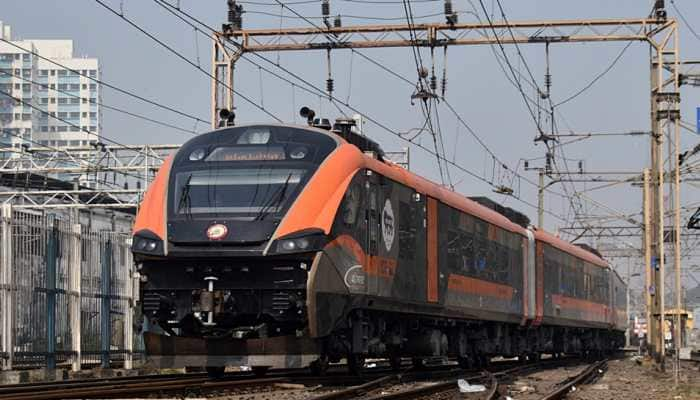Domestic banks should keep more capital for worst-case scenario amid global financial uncertainties, says RBI governor
Governor praised both state-owned and private banks have played important role in the past two years tapping the markets to raise funds and informed that the capital adequacy of banks was comfortable at an aggregate level.
- RBI governor stressed banks should raise more capital due to uncertain global financial environment.
- He assures RBI keeps track of excessive lending in any sector - NBFCs, small financial banks, etc.
- India's inflation has reached to peak and now it is in declining phase, said Das.
Trending Photos
) File Photo
File Photo Mumbai: Reserve Bank of India (RBI) Governor Shaktikanta Das said on Friday in an interview with Zee Business that domestic banks should raise more capital so they can be prepared for worst-case scenarios given the uncertain global financial environment.
(ALSO READ: Garena Free Fire redeem codes 3 September: Here’s how to get FF rewards)
“We have to think of the worst and do our best. We have to envisage the maximum amount of stress and do our best. They should always be prepared. Based on these analyses, banks should raise capital,” Governor said in the interview. “Another point I want to make is about loan growth that we are seeing currently. If banks are to sustain lending within this loan demand, they will have to raise additional capital.”
(ALSO READ: iPhone 14 Pro Max to launch on September 7: Here's all you need to know)
He also added that banks need to raise more capital in order to fulfill the loan demand which is increasing at a reasonable speed.
Governor praised that both state-owned and private banks have played an important role in the past two years, tapping the markets to raise funds, and informed that banks' capital adequacy was comfortable at an aggregate level.
Speaking on the RBI’s views on the strong credit demand momentum, he said the trajectory was based on lower growth in the last year and assured that RBI keeps track of excessive lending by any sector – whether by traditional banks, NBFCs, or small financial banks.
“If there is excessive lending in any sector, we analyze it… we ask them to see if it’s too much, gives us a report, and review it. Risk assessment and risk management need to be done. We caution banks from our side on risk management and risk assessment,” Das said in response to a query about robust growth in retail lending.
The proportion between lending rates and deposit rates
When asked Governor that it has often been noticed that whenever lending rates are hiked, EMIs rise immediately too, however, deposit rates do not increase with the same proportion. To which, Das replied that external benchmarking introduced by the RBI ensures that there is a minimum gap between the two rates. And even deposit rates are also increasing.
"The rates at which banks offer loans are linked to lending rates. They work in tandem and increase or decrease in proportion to the lending rate or the rate at which banks offer loans," said the RBI Governor.
"This further puts pressure on banks to raise funds, which they do by increasing deposit rates. This has been happening and deposit rates will continue to rise in almost the same proportion to the lending rate hike," he added.
Inflation & Growth
While speaking on inflation, he said inflation has reached to peak in India. In the current situation, global factors are playing out a major influence on Indian inflation. Governor stressed to tackle inflation is the priority of the top bank. However, they will try to ensure it doesn’t affect growth much.
"We will keep monitoring it and take the necessary action as and when required," he said
Speaking on the devaluation of the Indian rupee, he said the Indian currency has fallen less in comparison to other currencies, while the bank’s capital adequacy ratio has also improved.
Governor believed while India’s 13.5 % GDP growth in the first quarter of FY23 was lower than the RBI’s projection of 16.2 %, the economy is still reflecting recovery. They were identifying the reason behind the slow growth than projection and working on improving it.
“Economic activity has revived quite a bit and is recovering. We are trying to ensure the least sacrifice for growth. Industry, services, and credit growth is good. Q1 GDP was lower than estimated. We are studying why. Two or three areas have been identified,” he said.
Forex Reserve
Speaking on India’s forex reserve, Governor assured us that in the previous two-three years, forex inflows were huge. Inflows and outflows are normal and this is why we created reserves to buffer the global shocks. There isn’t anything worrying about.
On the depreciation of the Indian rupee, Das said it was happening for the past few months due to the strengthening dollar and the Indian rupee performed well in comparison to many others, including the British pound and the euro.
Stay informed on all the latest news, real-time breaking news updates, and follow all the important headlines in india news and world News on Zee News.
Live Tv







)
)
)
)
)
)
)
)
)
)

